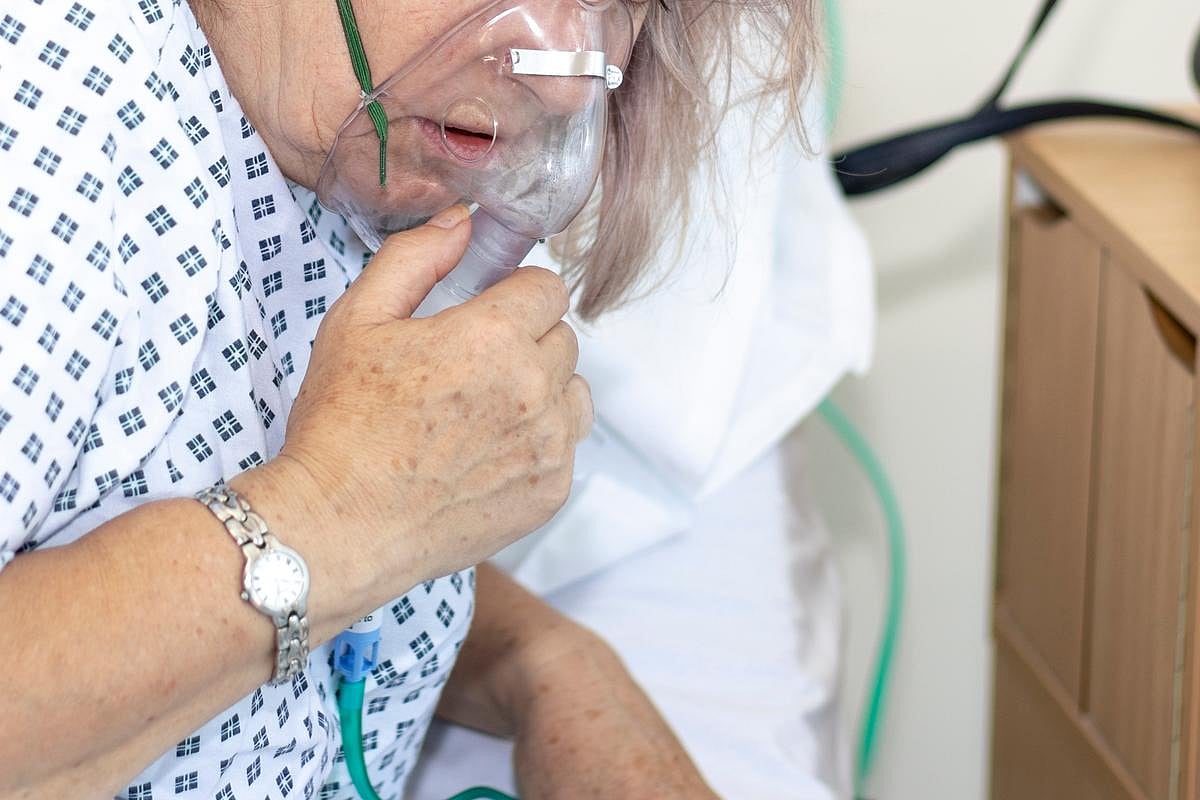Get Healthy!

- Dennis Thompson
- Posted July 14, 2025
Household Mold Can Trigger Lung Disease
Household mold can be a significant trigger for a rare but potentially debilitating lung disease that can cause permanent breathing problems, a new study says.
Mold appears to be the primary cause for nearly a quarter (23%) of 231 cases of hypersensitivity pneumonitis (HP) treated at the University of Texas Southwestern Medical Center in Dallas, researchers report in the journal PLOS One.
It’s the largest study to date linking home mold exposure to HP, researchers said. HP is an interstitial lung disease, a group of diseases that irritate, inflame or scar lung tissue.
“This case series is important because it links home mold exposure with the development of hypersensitivity pneumonitis, which informs our efforts to diagnose and treat interstitial lung diseases,” lead author Dr. Traci Adams, an assistant professor of internal medicine at UT Southwestern, said in a news release.
The results also are especially timely given the growing number of extreme weather events caused by climate change, which increase the risk of household mold growth, researchers noted.
HP occurs when repeated exposure to inhaled allergens triggers an immune response that damages lung tissue, researchers said in background notes.
More than 300 substances are known to cause HP, according to the American Lung Association. Some varieties of HP have names based on the source of the allergen.
These include farmer’s lung, from mold on hay, straw and grain; bird fancier’s lung, from avian feathers or droppings; humidifier lung, fungus growing in humidifiers or AC units; and hot tub lung, from bacteria found in steam coming off hot tubs.
For this new study, researchers analyzed records of 231 HP patients between 2011 and 2019, and found that 54 developed the disease due to mold growth in their homes.
Water damage was the primary source of mold growth, most often found in bathrooms, bedrooms and air-conditioning units, researchers said.
Among the 41 patients who removed the source of the mold following its discovery, about 12% showed significant improvement in their lung function within three to four months, the study found.
The patients maintained these gains for at least a year, although four of the five cases involved fibrotic HP, in which improvement is less common due to irreversible scar tissue, researchers said.
Median survival for mold-related HP patients who didn’t receive a lung transplant was about 97 months, comparable to survival outcomes for patients who got HP from mold exposure or bird exposure outside the home, researchers said. (Median means half lived longer, half for a shorter time.)
Identifying mold exposure and using minimally invasive tests like bronchoscopy might help doctors diagnose HP without requiring a surgical biopsy, researchers said.
More information
The American Lung Association has more on hypersensitivity pneumonitis.
SOURCE: University of Texas Southwestern Medical Center, news release, July 9, 2025






